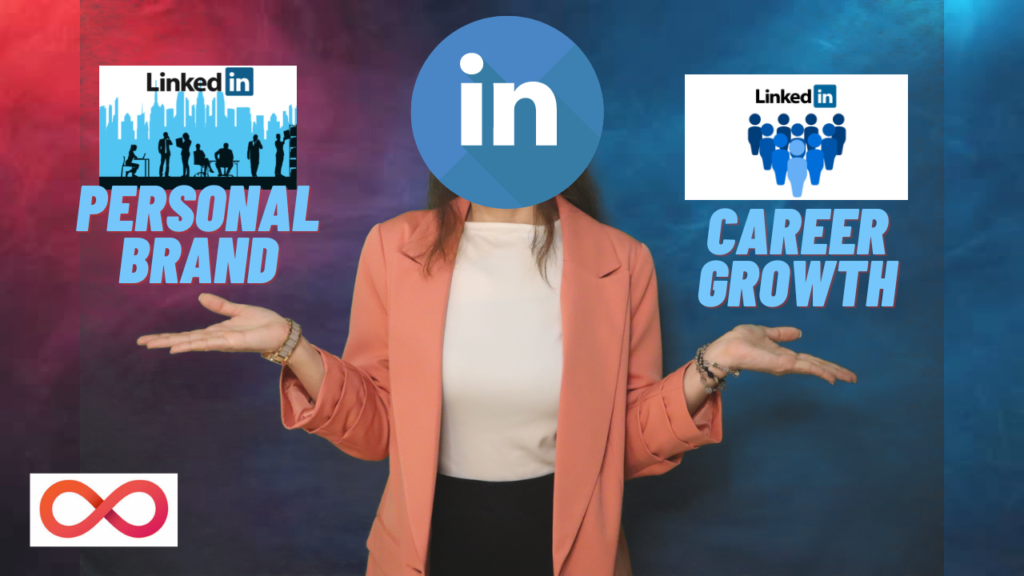
Step 1: Create your specific early morning routine
How do successful people get through those crazy days? It all starts with waking up mentally tough with an Intentionality Mindset.
Skills can only take you so far without the grit, determination, and mental willpower to tackle anything life throws at you. To do that, you need to learn how to master your time, use it in the most efficient way that will help you get results, and the first step is to learn how to use those first hours of your morning because they set the tone for the entire day.
Action Steps
1. Set a time ⏰to start your day. Decide when you will 🛏wake up, ideally at least an hour before your daily obligations begin.
2. Move your body. 👤Do some exercises, such as pilates, 🧘♀️🧘yoga, running, or 🚶♀️🚶walking on the treadmills. Pick some activity that fits with your physical capabilities and health condition.
3. Move your mind. 🧠Meditate. 🧘♀️🧘 Take a few minutes to enjoy the silence and reflect on the day that awaits you.
4. Set priorities 📝Decide your priorities for the day.
Step 2: Develop good habits continually and persistently
Actions Steps:
1. Identify your bad habits 🧘♀️🧘
Take some time to think about which habits lower the quality of your life and write them down.
Some of the most common ones are: being late to meetings, not responding to work emails, missing deadlines, procrastinating, and living above your means.
2. Define new habits
Since developing new habits takes time and effort, choose only a few new habits at the beginning of your transformative journey.
Strive to improve by substituting bad habits for good ones: being on time, being healthier, becoming more productive, being reliable, being financially independent, and so on.
3. Develop a three-part action plan.📝
Determine three actions that you can take in order to build a certain good habit.
Step 3: Have a Growth Mindset
Dr. Carol Dweck spotted 2 powerful mindsets adults develop over time. One of the most basic beliefs we carry about ourselves, Dweck found inher research, has to do with how we view and inhabit what we considerto be our personality.
A growth mindset means that you believe your intelligence and talents can be developed over time.
A fixed mindset means that you believe intelligence is fixed—so if you’re not good at something, you may believe you’ll never be good at it. The general point of difference between these two mindsets is this; if a person has a fixed mindset, their beliefs about their abilities are fixed judgments.
For example, this person will hold beliefs like, “I am good at Presentations,”or “I am terrible at writing.” They will attribute their performance totalent.
In contrast, a person with a growth mindset believes that their skills can be developed and renewed. To them, ability is not a fixed state.It can be increased through work and perseverance.
Step 4: Find Your Why
Leading with WHY has a deeper, more emotional, and ultimately more influential value says Simon Sinek.
Finding their WHY has led millions of individuals to rethink everything they do – in their personal lives, their careers and their organizations.
Now Find Your Why shows you how to apply powerful insights that will help you find more inspiration at work & in your day to day life— and in turn inspire those around you.
I believe fulfillment is a right and not a privilege. We are all entitled to wake up in the morning inspired to go to work, feel safe when we’re there and return home fulfilled at the end of the day. Achieving that fulfillment starts with understanding exactly WHY we do what we do.
“A man without a purpose is like a ship without a rudder.” —Thomas Carlyle
Step 5: Face your fears
Your best attempts at mental toughness is undone by a specic fear. It’s not dicult to conquer your fears. But you must have the courage tobe honest with yourself in the rst place about what exactly those fearsare. Denial of fear does not support courageous action so choosing towork through them.
“Our doubts are traitors, And make us lose thegood we oft might win, By fearing to attempt.”
– William Shakespeare
Each time a fearful or negative thought comes into your consciousness,replace it with a picture of your positive and worthwhile goal. (“The Strangest Secret – Earl Nightingale: Video and Transcript)
Ask Yourself – “How can I help myself?”
If you always avoid situations that scare you, you might stop doing things you want or need to do.
You won’t be able to test out whether the situation is always as bad as you expect, so you miss the chance to work out how to manage your fears and reduce your anxiety.
Exposing yourself to your fears can be an effective way of overcoming fear. . (“How to overcome fear and anxiety | Mental Health Foundation”)
Get to Know yourself: Try to learn more about your fear or anxiety. Keep a diary or thought record to note down when it happens and what happens. Note down your body responses, breathing patterns, the actions or thoughts that led up to it.
How to Get Rid of Fear?
The first step is simple in theory but difficult in practice we need a clearer picture of who we are and where we are heading. We can no longer afford to falsify reality. Instead of fleeing from our difficulties,
Step 6: Practice Practice Practice
Learnt to have Courage. Aristotle believed courage to be the most important quality in a man.
“Courage is the rst of human virtues because it makes all otherspossible,” he wrote.
Neuroscientists recently determined just howcourage works in the brain, finding that a region called the subgenual anterior cingulate cortex (sgACC) is the driving force behind courageous acts.
Use your courage to force yourself to think positively on your own problem; Set a clearly defined goal for yourself and let your marvellous mind think of ways to achieve your goals courageously. This can only be done with practice. If you don’t attempt something you will never learn how.
Step 7: Take Control
Do you believe you are in control of your own actions or is some outside force in control of your actions and behaviours? Self-control serves as an executive function necessary for individual goal attainment. It is a cognitive process for self-regulating behavior in pursuit of personal goals. (“What Is Self-Control Theory in Psychology? – PositivePsychology.com”)
This advanced executive process allows us to inhibit ourselvesfrom impulsive responses to behaviors, favoring more appropriate.Metacognition is a crucial element to learning. It is the process ofthinking about one’s own thinking and learning.
The more you regulate your thinking and the more you process and work towards what youmust do to reach a goal.
Step 8: Positive Self Talk
A friend explained to me how she lost 100 pounds her name is Deb Helfrich you can check out her Linkedin Page. She said, “I stopped listening to myself and started talking to myself.”
Deb Helfrich’s philosophical hypothesis of bio-electricity states that our brain power & therefore health, is limited by the capacity of our body to carry the informational waves generated from our brain throughout/around our body and BACK again. She says: “Every thought, whether conscious or autonomic, is signal loop of afferent & efferent data. The human body is quite binary in that way, but to a scale of near infinity, as far as we can conceive of how it operates, right now.”
It’s a brilliant piece of advice. Too often, we grow lazy or weary because we listen to our critic ,our negative self-talk and believe it.
Positivity is one of the greatest feeders of mental toughness. Self-talk is the act of talking to yourselfeither aloud or mentally. No matter good or bad, these are the messages that you are telling yourself all day long about yourself. These messages you tell yourself will encourage and motivate you, or they will limit you because they are negative. You can use the best parts of yourself to talk positively and overcome challenges, to create more positive emotion, to have stronger relationships. Transform your inner critic into an innercoach. Realize you are in charge. You can choose to listen to or agree with any thought or self criticism you may have and access it by weighting your strengths.
Step 9: Believe in Yourself
Fail, and then learn from that failure: Nothing in life is as straightforward. By learning how to be more adaptable, you’ll be better equipped to respond when faced with a life crisis.
Personal and professional events in your life will blindside you.
You’ll get knocked down a good few times over time and it will feel horrible. But these are the things that should supercharge you for the next step, the next opportunity, and the next piece.
Positive thinking does not mean ignoring the problem in order to focus on positive outcomes. It means understanding that setbacks are temporary, and that you have the skills and abilities or will learn and bring your dreams to life by combating the challenges you face.
Step 10: Take Action
Nurture Yourself by Living Now.
Remember this: “Your Dream Life and Career can be whatever you imagine it to be”
Fatima Williams
By taking care of your own needs, learning from every single opportunity, you can boost your overall health and resilience and be fully ready to face life’s challenges.
Experiment with different strategies and focus on developing a logical way to work through common problems. By practicing your problem-solving skills on a regular basis, you will be better prepared to cope when a serious challenge emerges.
A fantastic collection of your life’s worth of experiences, insights, ideas, failures, triumphs. And it’s all for the taking.
Simply waiting for a problem to go away on its own only prolongs the crisis. Instead, start working on resolving the issue immediately. While there may not be any fast or simple solution, you can take a step at a time by learning and growing every single day.
